Home>Home Appliances>Heating & Cooling>How To Check If Central Heating Thermostat Is Working
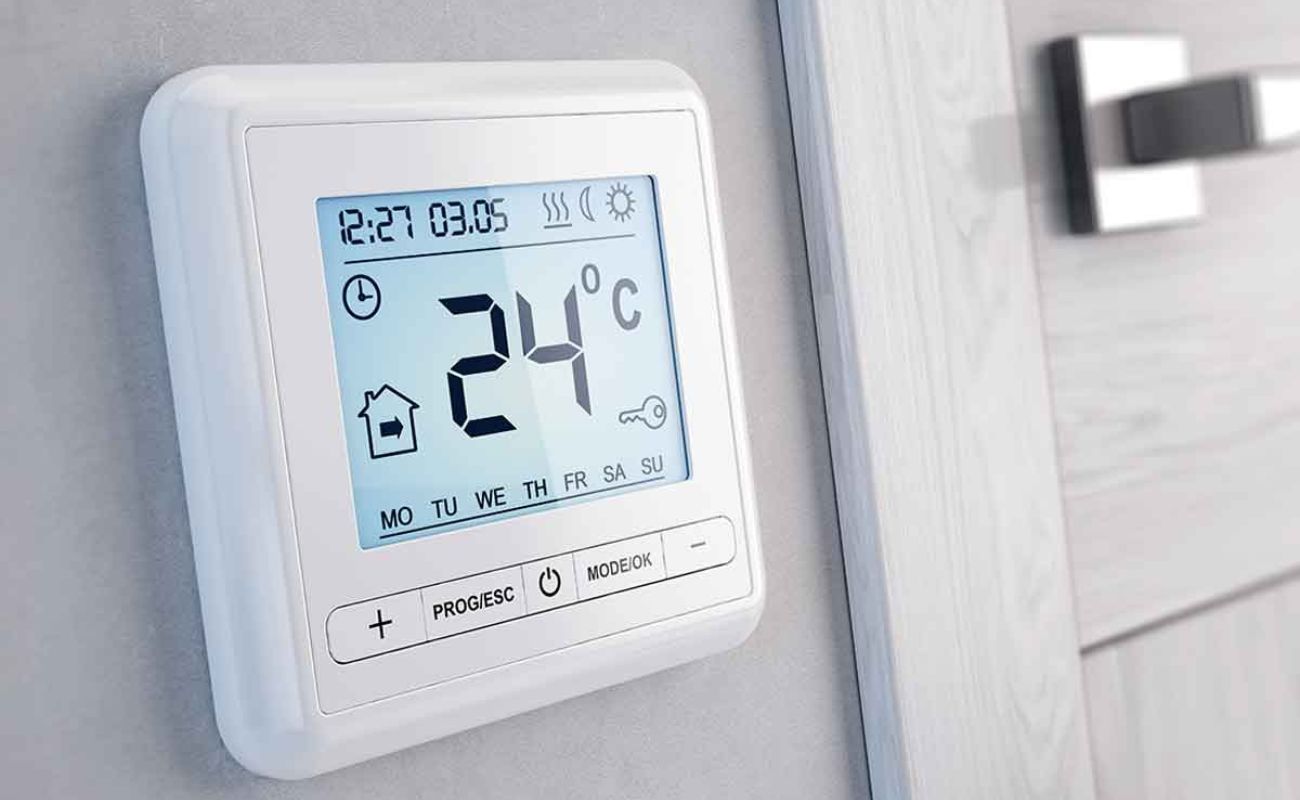

Heating & Cooling
How To Check If Central Heating Thermostat Is Working
Modified: March 24, 2024
Learn how to determine if your central heating thermostat is functioning properly. Get expert tips on troubleshooting heating and cooling systems.
(Many of the links in this article redirect to a specific reviewed product. Your purchase of these products through affiliate links helps to generate commission for Storables.com, at no extra cost. Learn more)
Introduction
The central heating thermostat is a crucial component of any heating system, serving as the control center for regulating indoor temperature. It plays a pivotal role in maintaining a comfortable and consistent environment within a home or commercial space. Understanding how to check if the central heating thermostat is working is essential for ensuring the efficiency and effectiveness of the entire heating system.
A malfunctioning thermostat can lead to discomfort, energy inefficiency, and potential damage to the heating system. Therefore, being able to identify signs of a faulty thermostat and knowing the steps to verify its functionality is paramount for homeowners and property managers.
In this comprehensive guide, we will delve into the intricacies of the central heating thermostat, explore the common indicators of a malfunctioning unit, and provide a detailed walkthrough of the steps to check if the thermostat is operating as intended. By the end of this article, you will have a clear understanding of the importance of a properly functioning thermostat and the knowledge to assess its performance in your heating system.
Key Takeaways:
- Your thermostat plays a big role in keeping your home cozy. Look out for signs like wrong temperatures, unresponsive controls, or rapid cycling to make sure it’s working well.
- To check if your thermostat is working, do a visual check, listen for clicking sounds, and compare the temperature readings. If in doubt, get a professional to take a look.
Read more: Why Is Central Heating Not Working
Understanding the Central Heating Thermostat
The central heating thermostat serves as the command center for the heating system, allowing users to set and maintain the desired indoor temperature. It is a small yet powerful device that communicates with the heating system to ensure that the space remains comfortably warm during colder months. Understanding the functionality of this essential component is crucial for optimizing heating efficiency and comfort.
Types of Thermostats
Thermostats come in various types, including traditional mechanical models and modern digital programmable units. Mechanical thermostats utilize a simple bi-metallic strip that bends as the temperature changes, triggering the heating system to turn on or off. On the other hand, digital thermostats offer advanced features such as programmable schedules, Wi-Fi connectivity, and precise temperature control, allowing users to customize heating patterns based on their daily routines.
Temperature Sensing and Control
Central heating thermostats rely on temperature sensors to detect the current indoor temperature. When the temperature deviates from the set point, the thermostat sends signals to the heating system to adjust its operation accordingly. This process ensures that the space remains within the desired temperature range, providing comfort and energy efficiency.
Heating System Communication
In addition to temperature control, the thermostat acts as a communication bridge between the user and the heating system. It interprets user input, such as temperature adjustments and programming schedules, and translates these commands into actions for the heating system. This seamless interaction allows for precise temperature management and tailored heating cycles, aligning with the occupants' preferences and lifestyle.
Read more: How To Use A Central Heating Thermostat
Energy Efficiency and Cost Savings
An understanding of the central heating thermostat also encompasses its impact on energy consumption and cost savings. By utilizing programmable thermostats and implementing temperature setbacks during periods of inactivity or sleep, users can significantly reduce energy usage and lower utility bills. This proactive approach to temperature management aligns with sustainable practices and promotes environmental responsibility.
Importance of Calibration
Calibration is a critical aspect of thermostat functionality. Ensuring that the thermostat accurately reflects the true indoor temperature is essential for maintaining comfort and efficiency. Periodic calibration checks and adjustments can prevent temperature discrepancies and optimize the overall performance of the heating system.
In essence, comprehending the central heating thermostat involves recognizing its role in temperature sensing, system communication, energy efficiency, and the overall comfort of the indoor environment. With this foundational knowledge, homeowners and property managers can make informed decisions regarding thermostat selection, usage, and maintenance, ultimately enhancing the performance of their heating systems.
Signs of a Faulty Central Heating Thermostat
Identifying the signs of a faulty central heating thermostat is crucial for maintaining a comfortable and efficiently heated environment. A malfunctioning thermostat can lead to temperature inconsistencies, energy wastage, and potential damage to the heating system. By recognizing the following indicators, homeowners and property managers can take proactive measures to address thermostat issues and ensure the optimal performance of their heating systems.
-
Inaccurate Temperature Readings: One of the primary signs of a faulty thermostat is inaccurate temperature readings. If the displayed temperature does not align with the actual indoor conditions, it indicates a potential malfunction. Inconsistent temperature readings can lead to discomfort and energy inefficiency, as the heating system may operate based on erroneous information.
-
Unresponsive Controls: A malfunctioning thermostat may exhibit unresponsive controls, making it difficult for users to adjust the temperature settings. If pressing buttons or turning dials does not result in any changes to the heating system's operation, it signals a potential issue with the thermostat's internal mechanisms.
-
Rapid Cycling: Rapid cycling refers to frequent and abrupt turning on and off of the heating system, often driven by erratic thermostat signals. This behavior not only disrupts the comfort of the indoor environment but also places undue strain on the heating equipment, potentially leading to premature wear and increased energy consumption.
-
Failure to Reach Set Temperature: If the heating system consistently fails to reach the set temperature despite prolonged operation, the thermostat may be at fault. This scenario indicates a discrepancy between the thermostat's commands and the actual heating system performance, highlighting a potential malfunction.
-
No Heating or Cooling: A malfunctioning thermostat may fail to trigger the heating or cooling system, resulting in no response from the equipment when temperature adjustments are made. This can lead to prolonged discomfort and, if left unaddressed, may cause further complications within the heating system.
-
Visible Wear or Damage: Physical wear, corrosion, or damage to the thermostat unit itself can indicate underlying issues. Cracked displays, loose wiring, or signs of moisture intrusion should be promptly addressed to prevent potential malfunctions and ensure the longevity of the thermostat.
-
Inconsistent Heating Patterns: Inconsistent heating patterns, such as uneven temperature distribution throughout the space or sudden fluctuations in temperature, can stem from thermostat malfunctions. These irregularities disrupt comfort and indicate a need for thermostat evaluation and potential replacement.
By remaining vigilant for these signs of a faulty central heating thermostat, homeowners and property managers can promptly address any issues that arise, ensuring the efficient operation of their heating systems and maintaining a comfortable indoor environment. Regular thermostat maintenance and timely replacements, when necessary, are essential for mitigating potential disruptions and optimizing heating system performance.
Steps to Check If the Central Heating Thermostat Is Working
-
Visual Inspection: Begin by conducting a visual inspection of the thermostat unit. Check for any visible damage, such as cracks in the display, loose wiring, or signs of corrosion. Ensure that the thermostat is securely mounted to the wall and that the surrounding area is free from obstructions that could affect its performance.
-
Dust and Debris Removal: Over time, dust and debris can accumulate within the thermostat, potentially impacting its functionality. Use a soft brush or compressed air to gently remove any buildup from the thermostat's interior components, including the temperature sensor and control buttons.
-
Temperature Setting Verification: Set the thermostat to a temperature that is higher than the current room temperature. Listen for a clicking sound, which indicates that the thermostat is sending a signal to the heating system. If the heating system does not activate within a few minutes, it may indicate a potential issue with the thermostat's communication with the heating equipment.
-
Temperature Differential Testing: Adjust the temperature setting to a level lower than the current room temperature. Once again, listen for a clicking sound, signaling the thermostat's communication with the heating system to initiate cooling. If the cooling system does not engage, it suggests a potential malfunction within the thermostat.
-
Calibration Verification: Use a separate thermometer to measure the room temperature and compare it to the reading displayed on the thermostat. If there is a significant variance between the two readings, it may indicate that the thermostat requires recalibration to accurately reflect the indoor temperature.
-
Thermostat Leveling: Ensure that the thermostat is level on the wall to guarantee accurate temperature readings. A tilted or unevenly mounted thermostat can lead to inaccuracies in temperature sensing, affecting the overall performance of the heating system.
-
Battery Check (if applicable): If the thermostat operates on battery power, verify that the batteries are in good condition. Low or depleted batteries can lead to erratic thermostat behavior and may require replacement to restore proper functionality.
-
Professional Evaluation: If the above steps do not resolve any identified issues, consider seeking the expertise of a qualified HVAC technician. Professional evaluation can uncover underlying problems within the thermostat or the heating system, ensuring comprehensive troubleshooting and resolution.
By following these steps, homeowners and property managers can effectively assess the functionality of the central heating thermostat, identify potential issues, and take appropriate measures to maintain a well-operating heating system. Regular monitoring and proactive maintenance contribute to the longevity and efficiency of the thermostat, ultimately enhancing the comfort and energy efficiency of the indoor environment.
Read more: Central Heating Radiators: How They Work
Conclusion
In conclusion, the central heating thermostat stands as a pivotal element in maintaining a comfortable and energy-efficient indoor environment. Understanding the intricacies of thermostat functionality, recognizing signs of potential malfunctions, and knowing how to verify its proper operation are essential for homeowners and property managers. By being proactive in assessing and addressing thermostat issues, individuals can ensure the optimal performance of their heating systems, leading to enhanced comfort and cost savings.
The signs of a faulty central heating thermostat, ranging from inaccurate temperature readings to unresponsive controls and rapid cycling, serve as valuable indicators for identifying potential malfunctions. By remaining vigilant for these signs, individuals can take timely action to address thermostat issues, preventing discomfort and mitigating potential damage to the heating system.
The steps to check if the central heating thermostat is working provide a practical framework for homeowners and property managers to assess the functionality of the thermostat. From visual inspections and temperature setting verifications to calibration checks and professional evaluations, these steps empower individuals to actively monitor and maintain their thermostats, ensuring consistent comfort and energy efficiency within their living spaces.
Ultimately, the central heating thermostat plays a crucial role in temperature regulation, energy management, and overall comfort. By understanding its significance and taking proactive measures to verify its proper operation, individuals can optimize the performance of their heating systems, reduce energy consumption, and create a comfortable indoor environment for themselves and their families.
Incorporating regular thermostat maintenance into home care routines and promptly addressing any identified issues contribute to the longevity and efficiency of the heating system. Additionally, staying informed about advancements in thermostat technology and energy-efficient practices enables individuals to make informed decisions regarding thermostat upgrades and usage, further enhancing the overall performance of their heating systems.
By embracing a proactive approach to thermostat maintenance and functionality verification, homeowners and property managers can enjoy the benefits of a well-operating heating system, characterized by consistent comfort, energy savings, and environmental responsibility. The central heating thermostat, often overlooked yet indispensable, remains a cornerstone of modern indoor comfort and energy management, deserving attention and care to ensure its seamless operation and the well-being of those it serves.
Frequently Asked Questions about How To Check If Central Heating Thermostat Is Working
Was this page helpful?
At Storables.com, we guarantee accurate and reliable information. Our content, validated by Expert Board Contributors, is crafted following stringent Editorial Policies. We're committed to providing you with well-researched, expert-backed insights for all your informational needs.
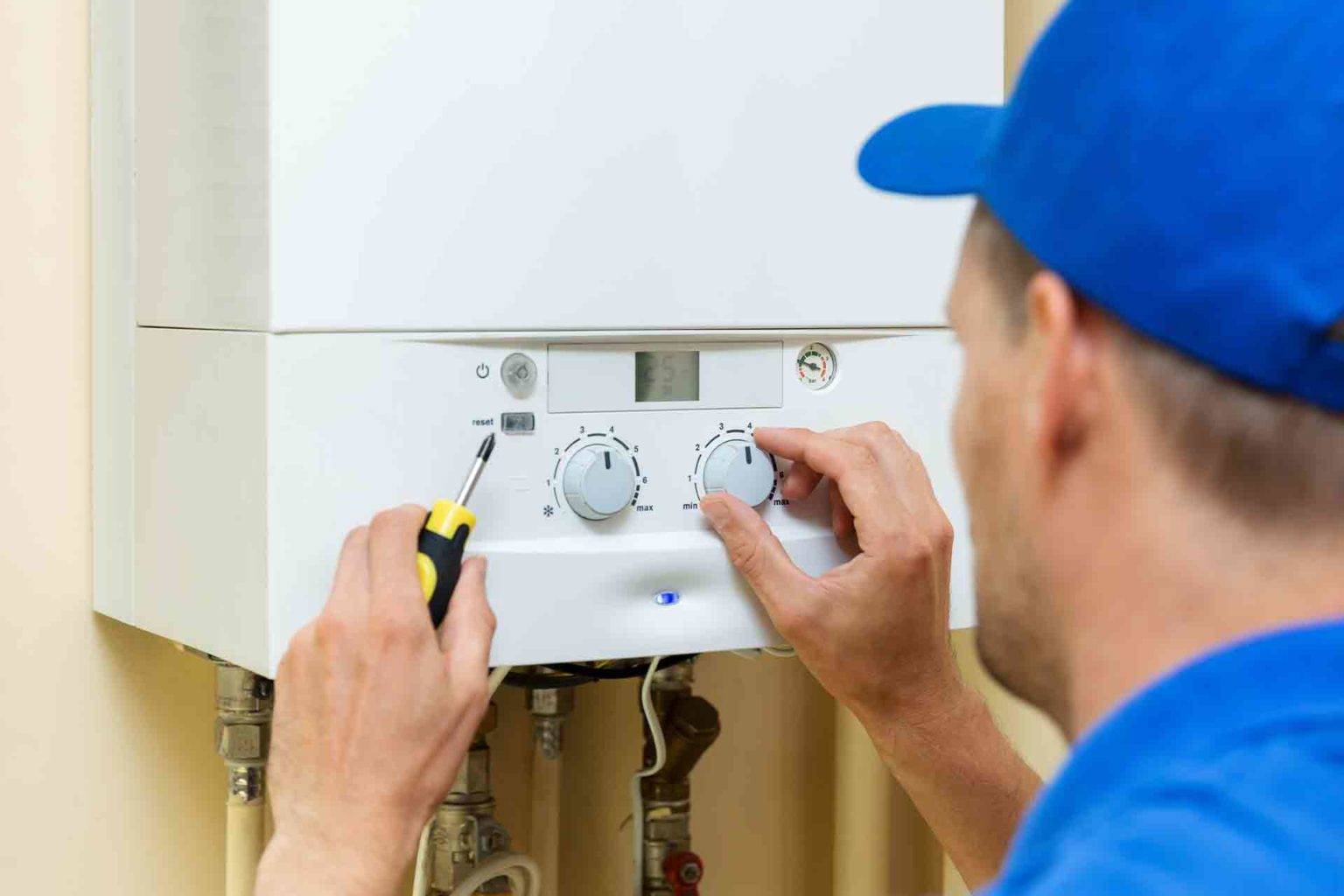
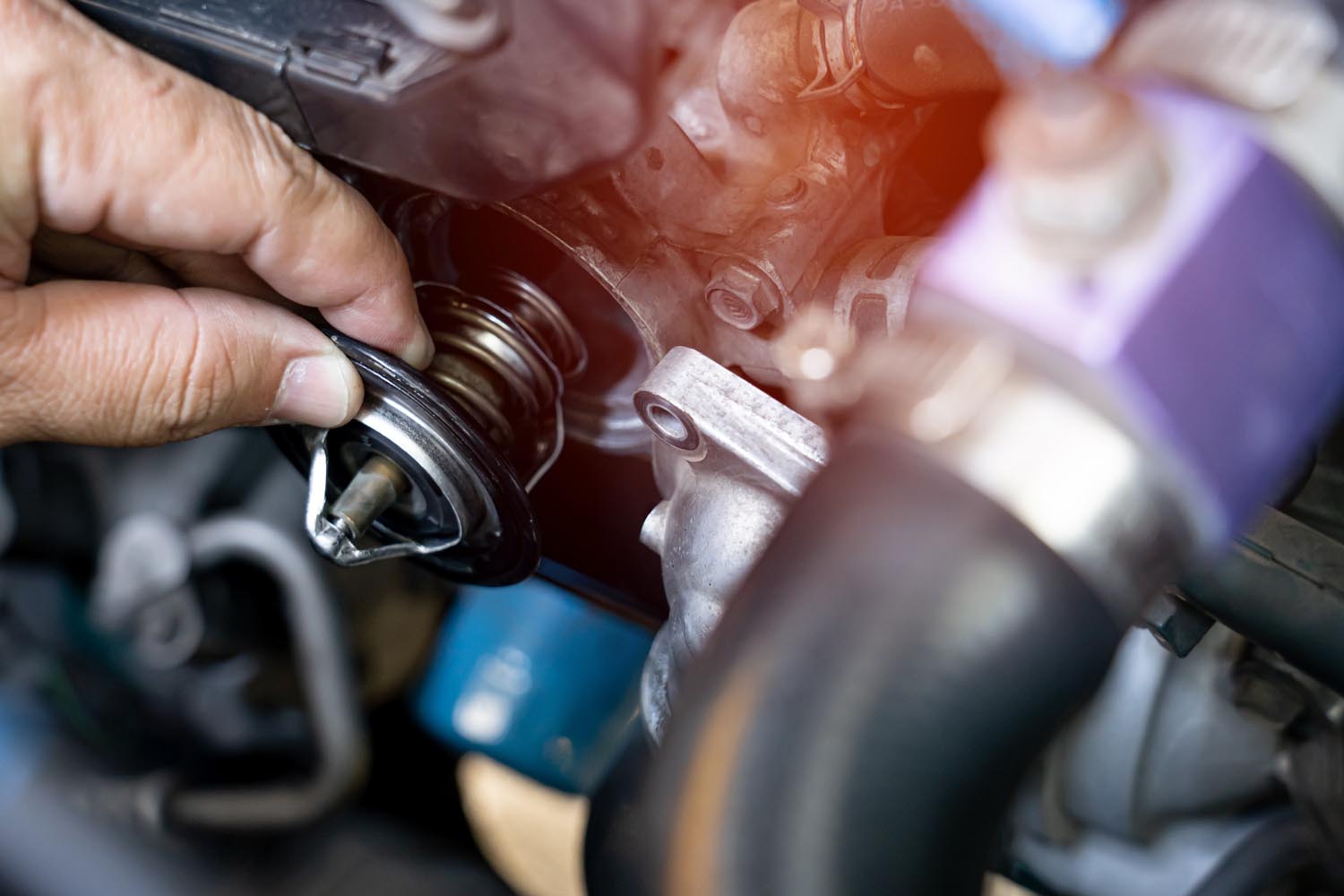
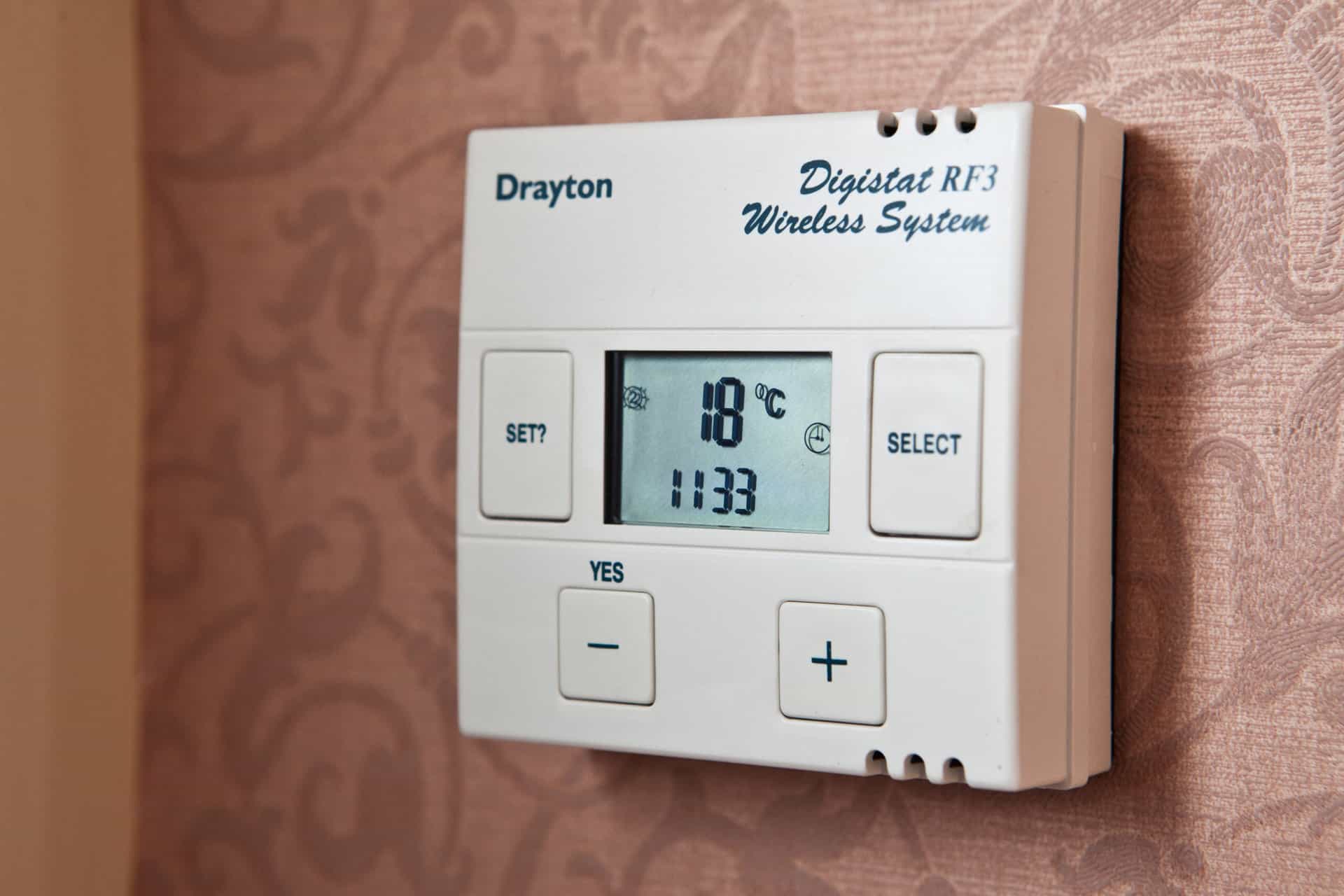
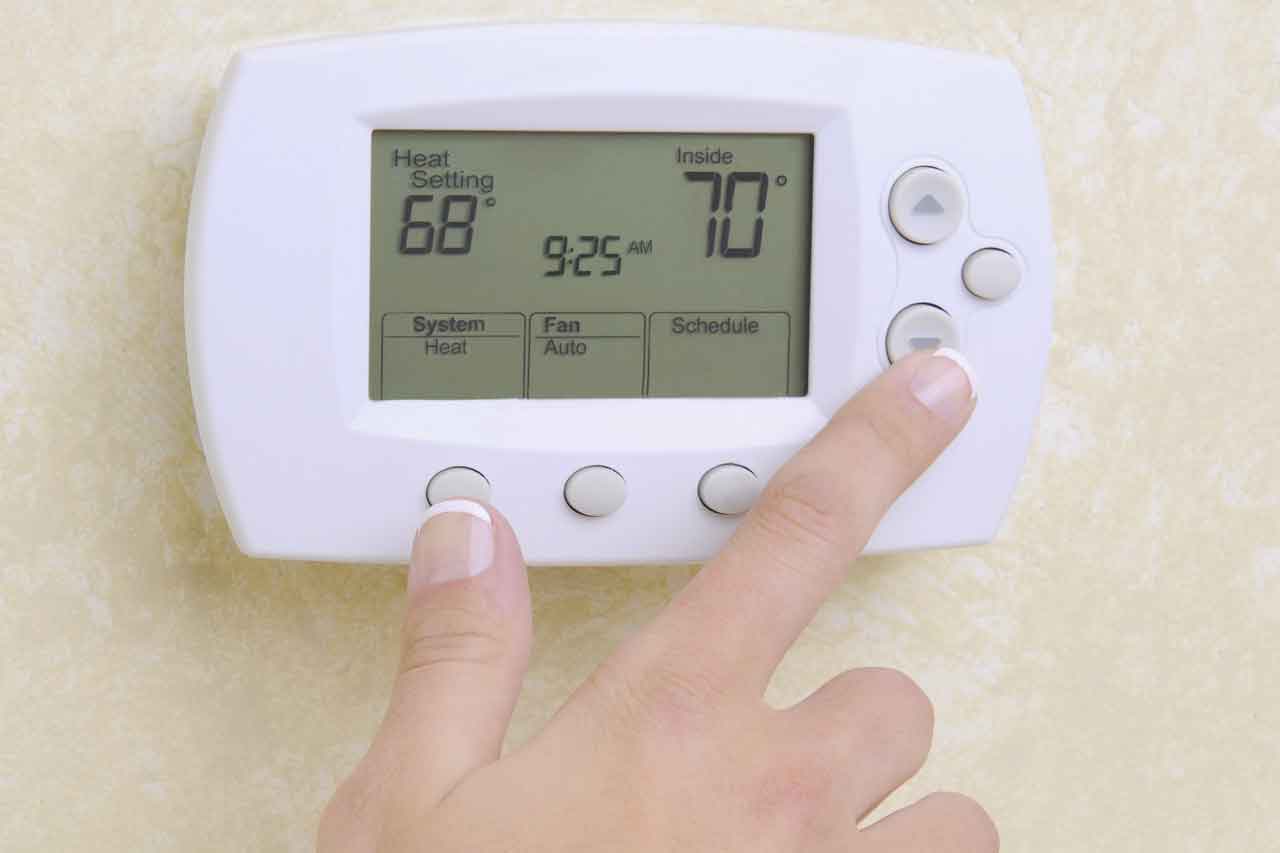
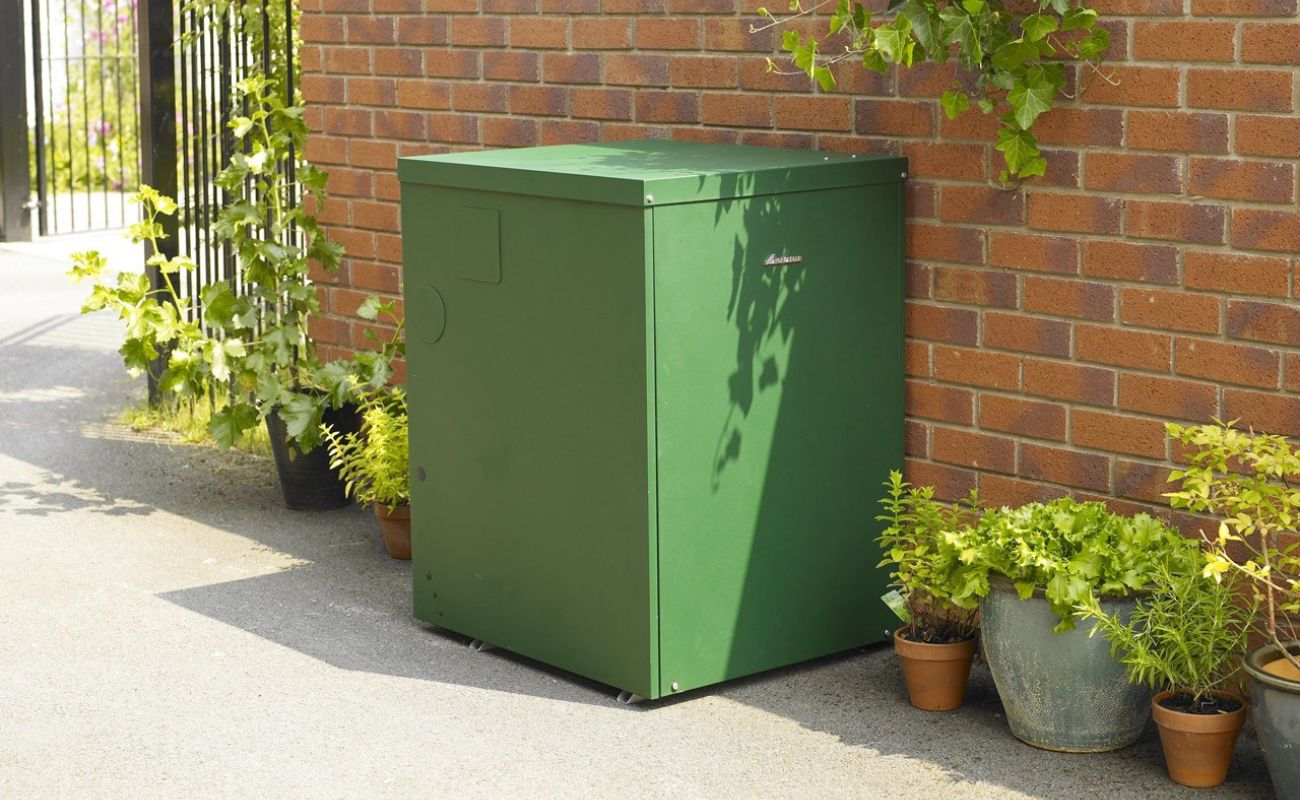
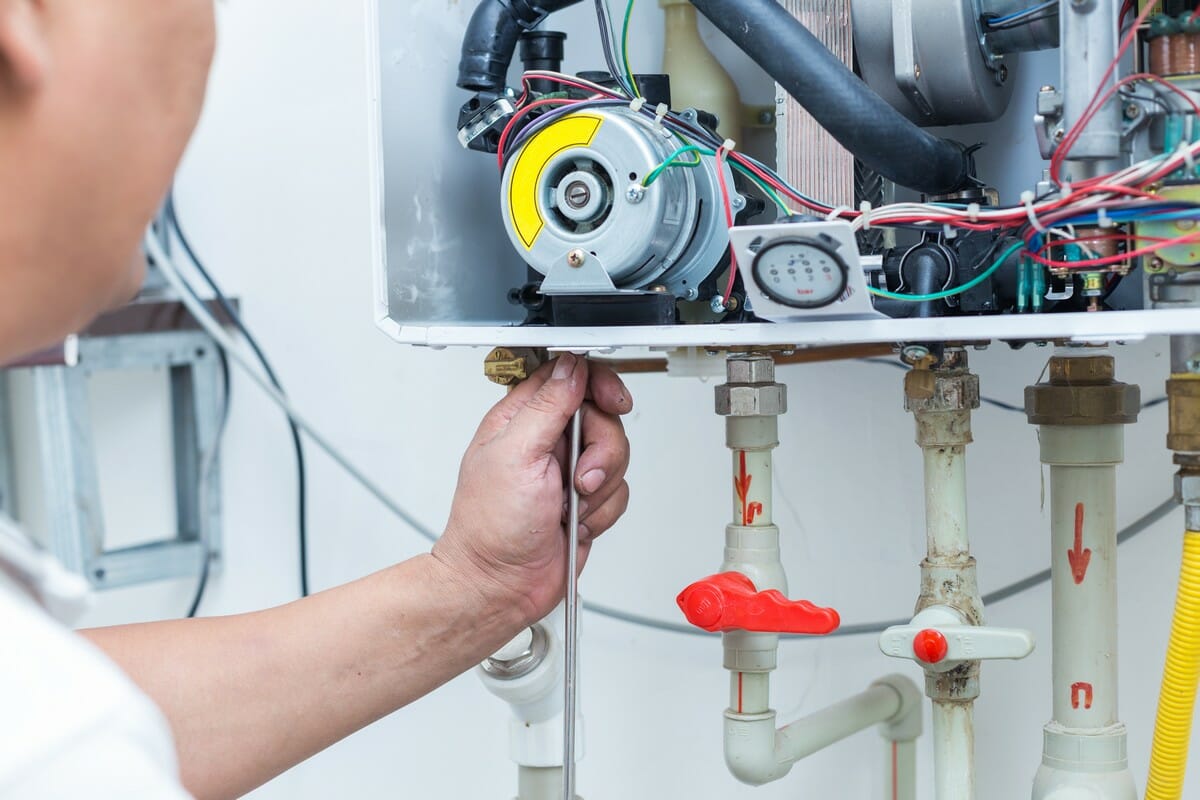
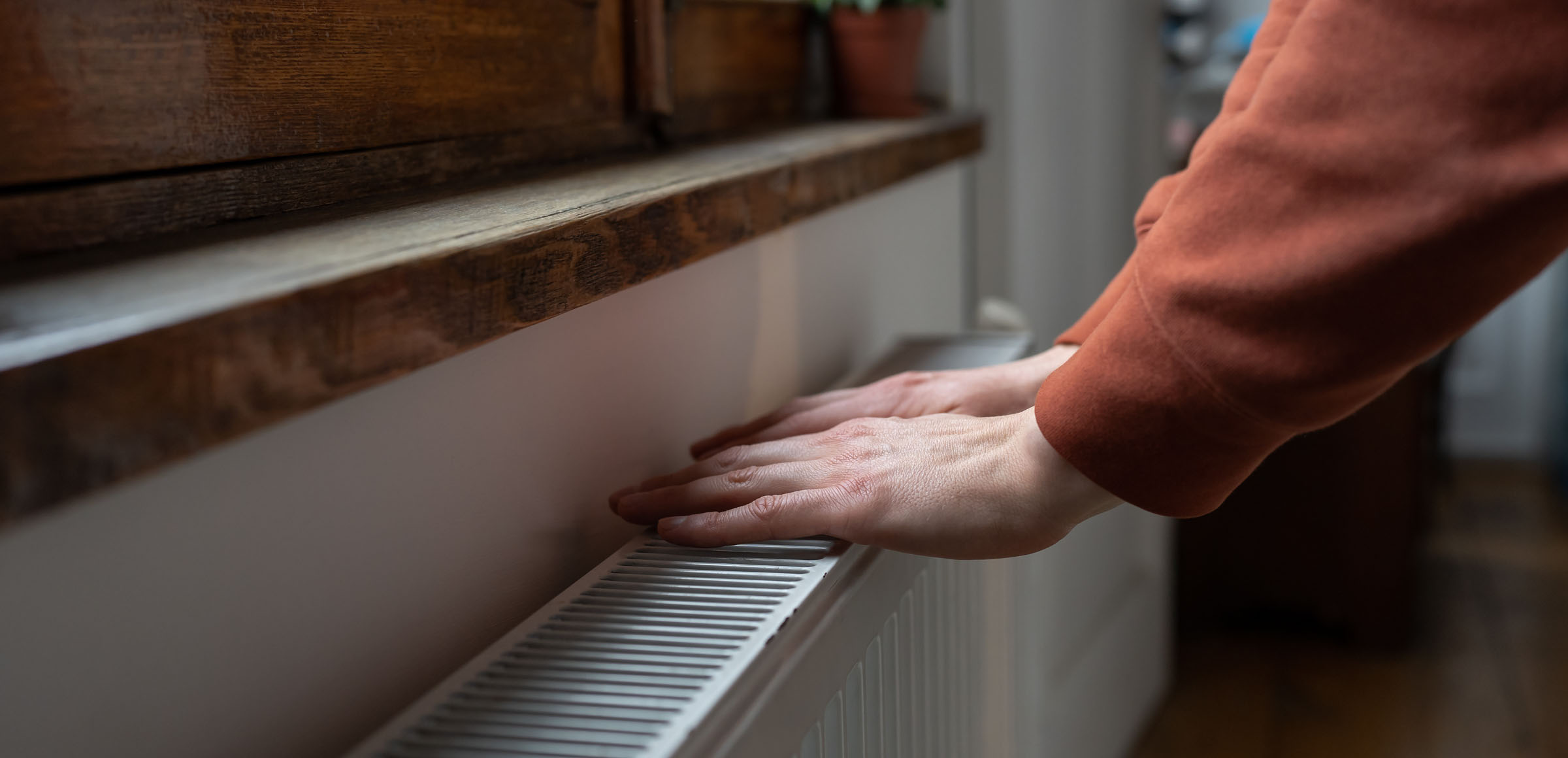
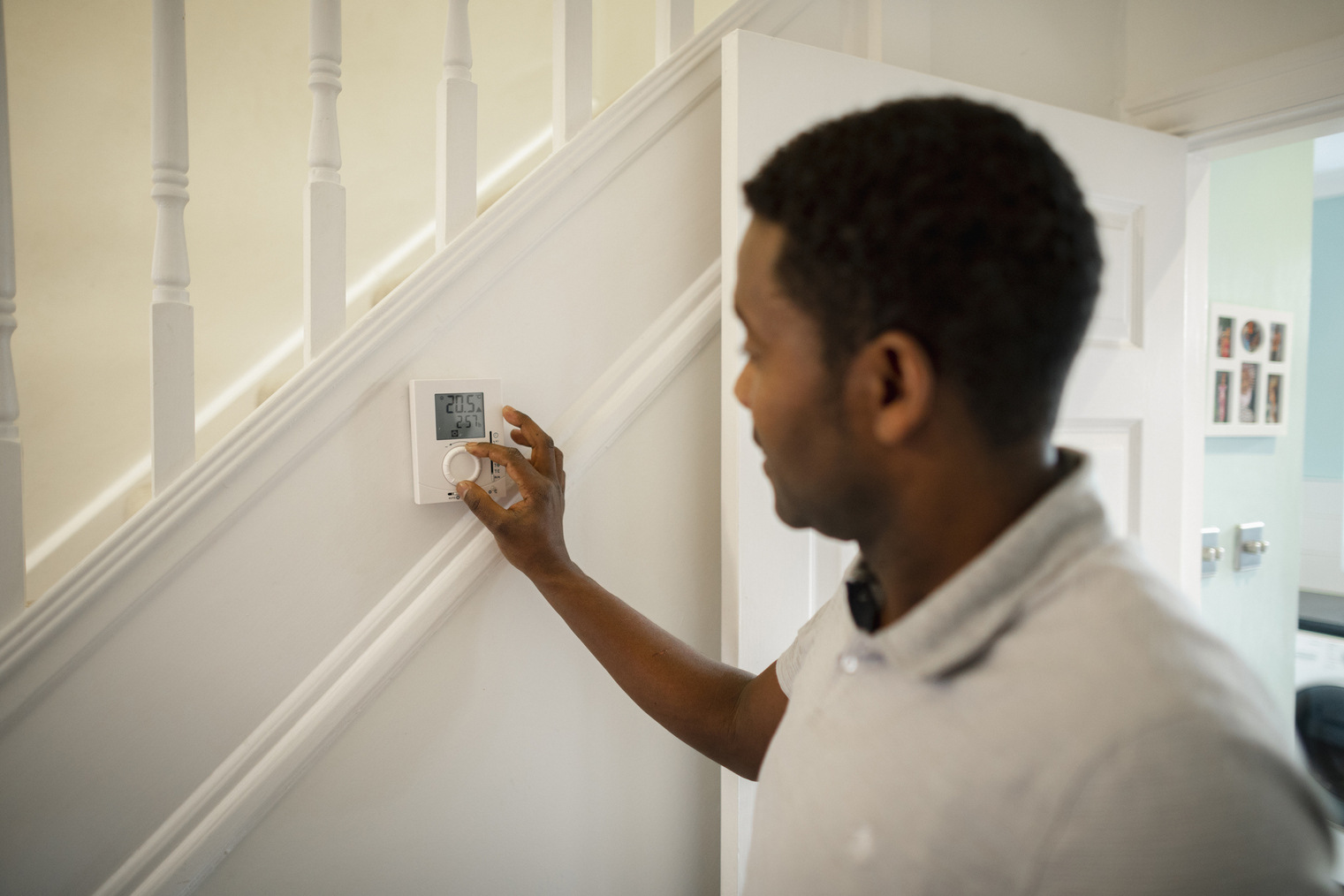
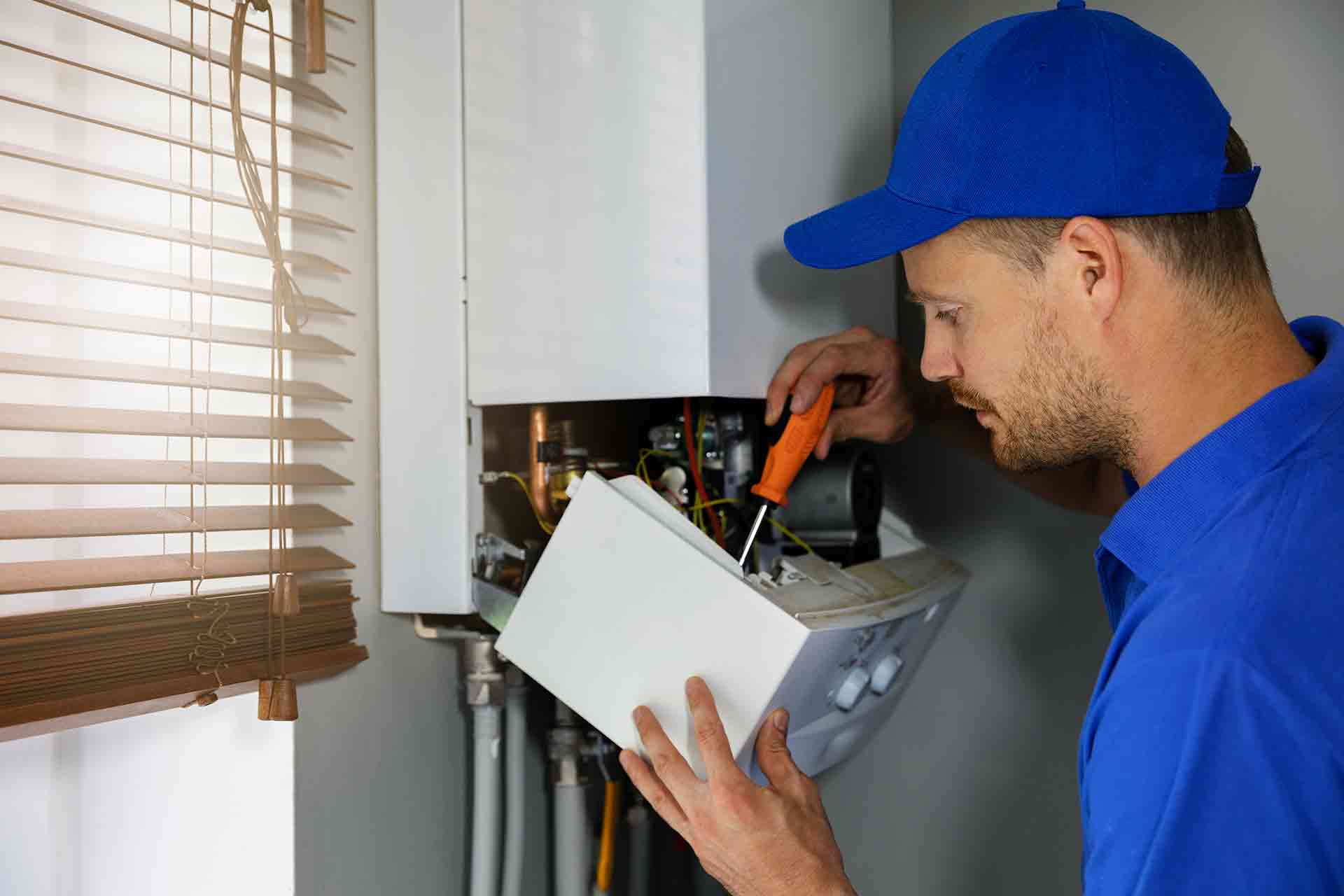
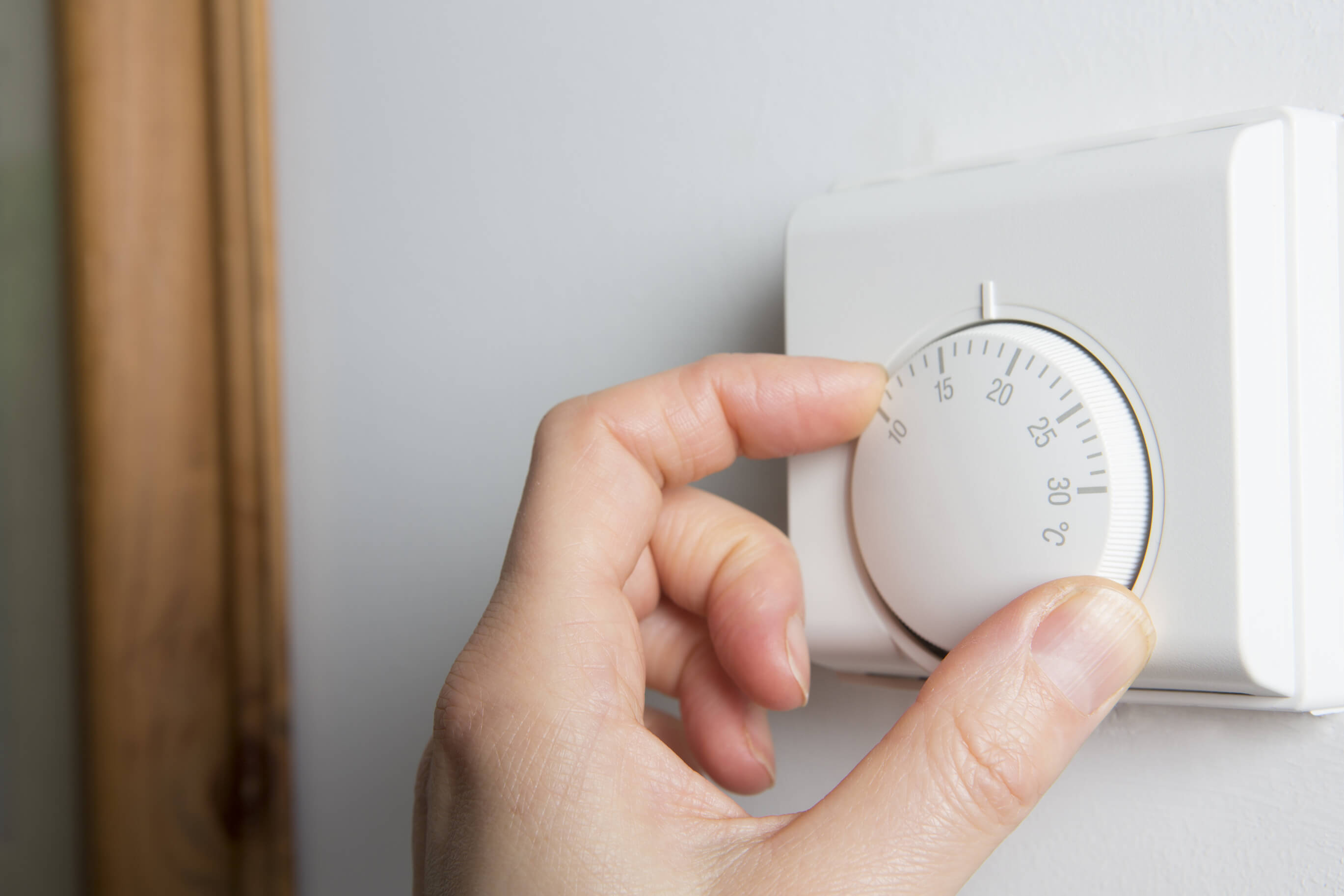
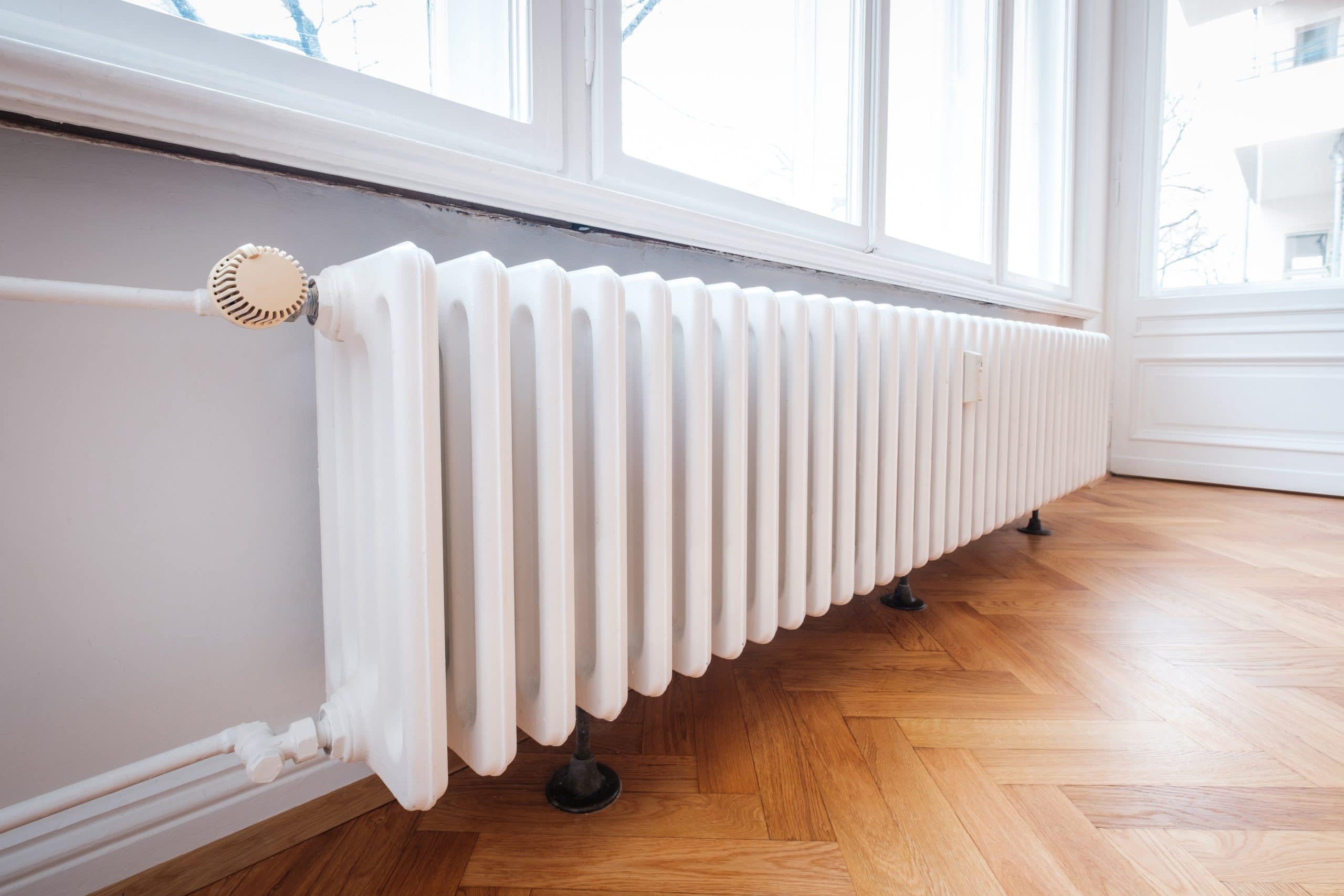



0 thoughts on “How To Check If Central Heating Thermostat Is Working”